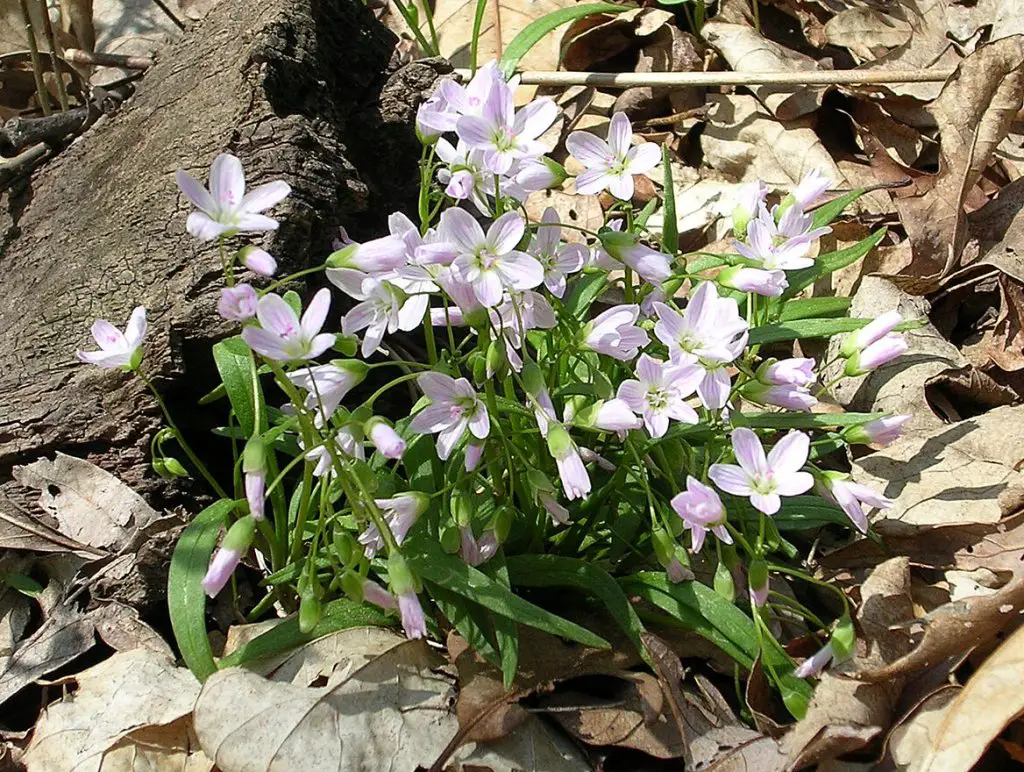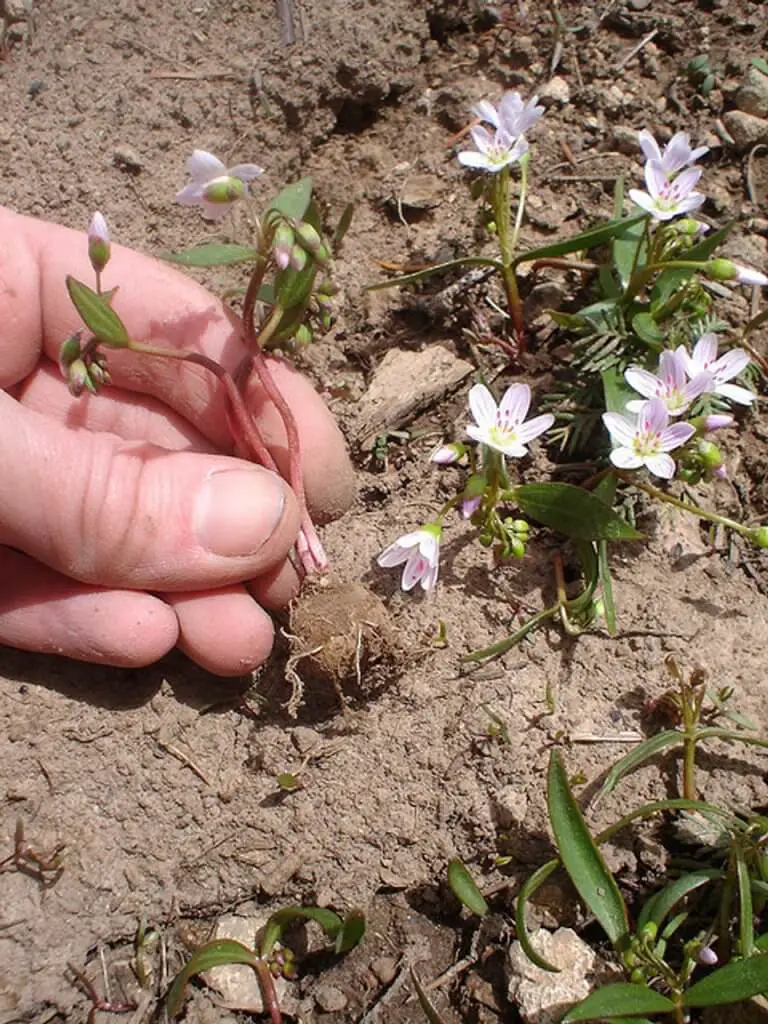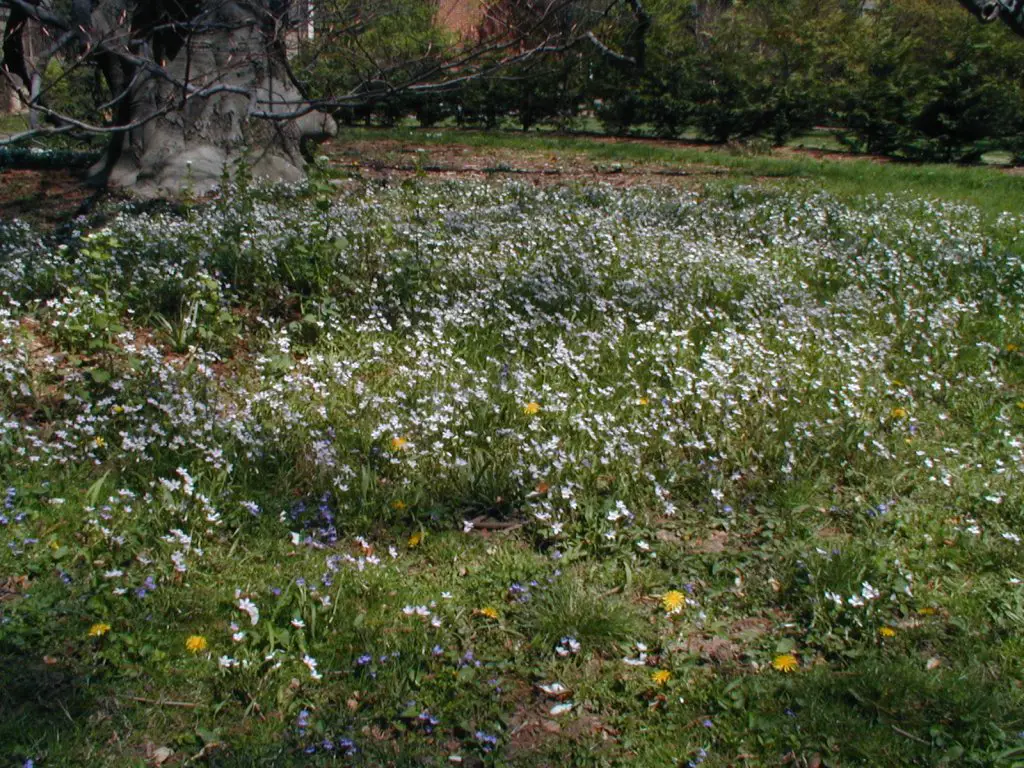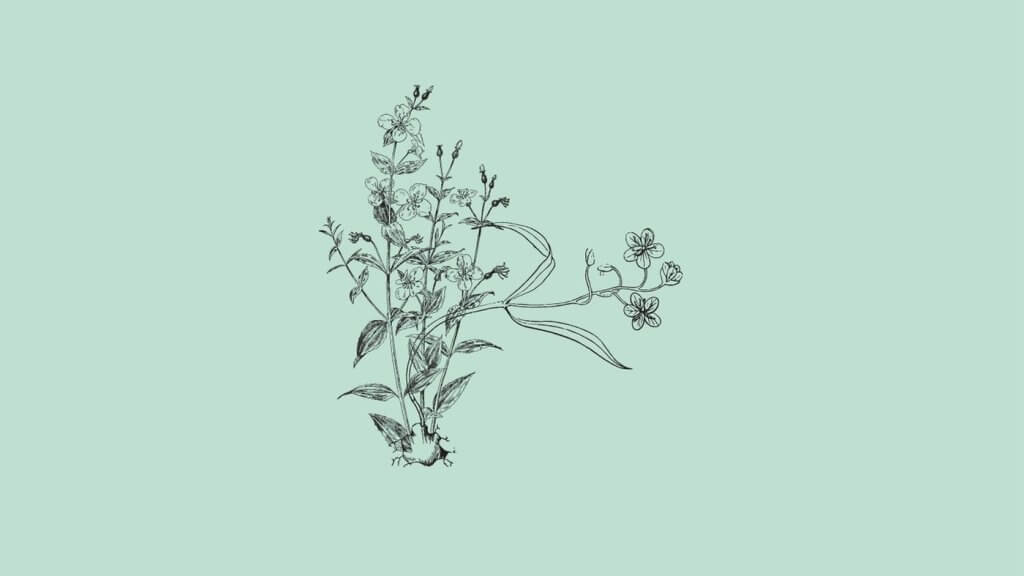Spring beauty relates to a fine foraging find, the tuberous perennial Claytonia virginica. Spring beauty earns its name from its gorgeous white and pink flowers. Varieties of edible Claytonia virginica are abundant in differing locations globally.
So, foragers, keep an eye out for these pretty white and pink flowers.
It’s a sure sign of Spring.
Claytonia Virginica: Plant Profile
Virginia springbeauty, grass-flower, eastern spring beauty, and fairy spud are some common names the Claytonia virginica goes by.
What Are You Foraging For Right Now?
We're thrilled to hear your ideas. What would you like to submit today? Feel free to share your thoughts and experiences with us.
Interestingly, the scientific name honors the Colonial Virginian botanist John Clayton, who lived from 1694-1773.
With a bloom time in early Spring, these wildflowers are an essential spring source of pollen and nectar for a vast range of pollinators. But foragers need to be quick as the Claytonia Virginica goes into its dormancy and disappears in late Spring.
Claytonia virginica sprouts from a small, underground tuber that is potato-like. Its roots even look like tiny potatoes, hence the name fairy spuds.
Its roots and tubers grow well in moist, fertile, humus-rich, and well-drained soils. Spring beauty is also easy to grow as it copes well in full sun to part shade.

How do You Identify Spring Beauty?
You know Spring is here when you spot those small, star-shaped flower clusters. Luckily, this pretty wildflower stands out from its surrounding foliage and other spring blossoms.
As a precious and well-loved tuberous perennial, the Claytonia virginica boasts pretty, white to pale pink petals. You could call them pink flowers with delicate pink veins or pink stripes.
As one of those super-low sprawling wildplants, Spring beauty rarely reaches 6 inches tall.
If you find yourself lucky enough to stumble across the Spring beauty this summer, see how its shape resembles paddles or flat spoons.
For example, it has five pink anthers and three-branched pistils. Notice the blossoms sitting atop thin steps decorated with a pair of grass-like and smooth dark green leaves.
Don’t forget to look at the leaves under the blossom. Each blossom has only two sepals, with the lower leaves strap-like and varying in width and size.
Where is Claytonia Virginica Native?
Born from the Montiaceae family, this herbaceous perennial plant is a popular find in eastern North America, where it’s a native species.
As a native plant, foragers are most likely to find this charming wildflower in the mild eastern temperatures of deciduous forests of North America.
Where is Spring Beauty Found in the wild?
Seasoned foragers will know how to spot the precious pink petals, but beginner foragers may struggle to find this Spring ephemeral plant.
This plant is rare in some places but abundant in plenty of North American temperate and deciduous forests.
Keep your eyes open for these wildflowers’ native haunts, including:
- Forests
- Moist woods
- Wetlands
- Bluffs
- Ravines
- Lawns
- City parks
- Roadsides
Is Spring Beauty Edible?
It’s a shame, but many beginner foragers walk past the Spring beauty, assuming it’s just a small, pink flower that’s too cute to eat. They couldn’t be more wrong.
Any forager with wild knowledge of the plant’s database can recognize the Spring beauty flower as an edible plant, despite its green sepals and pretty pink flowers.
Not only is the plant edible, but so are the underground tubers, which are sweet and rich in starch, meaning they are pleasantly nutty. They even taste a little like chestnuts.

People have even been eating Spring beauty flowers and tubers as far back as native Americans and colonists.
But, some foragers disagree on whether you could eat these mini-potato-style tubers, claiming they’re just too impractical to eat.
You can eat the root or the tubers, either raw or cooked like you would eat potatoes.
This plant is an allrounder; the leaves and stems also have a mild flavor and can be eaten raw or cooked.

What about Medicinal Uses?
Not only has the Spring beauty corm been a tasty and nutritious food source in Indian cultures, but it’s also a popular foodie food source. Spring beauty corms contain vitamins A and C, which can be eaten raw or cooked like small potatoes.
Forest wildlife, like squirrels, eat the corms. But, the Claytonia virginica flowers have also been a treatment for convulsions and contraception through powdered corms for some time.
Indian tribes have used various Spring beauty species to make poultices as a treatment for eye problems.
This infusion has also been used to treat:
- urinary tract problems
- sore throats
- dandruff
How to Forage Spring Beauty
Foragers need to be quick with the Claytonia virginica; the flowers are only present for a short period. This tight timescale can make it tough to spot Spring beauty flowers.
When foraging for Spring beauty, think of the location. When you find a good supply of Claytonia virginica come Spring, return to the same spot during Fall to harvest the corms.
When looking for this Spring ephemeral, be wary of the variety of other plants nicknamed ‘Spring beauty.’ For example, you may come across the ornamental landscape plant, Daphne bholua. Be careful; these plants are not always edible.
When foraging for edible spring wildflowers and underground tubers, have your plant’s database to hand so you can identify the plant before eating or even touching it.
How do You Transplant Spring Beauty?
Propagating the Claytonia virginica by corm or bulb is the easiest method to get these wildflowers from the moist woods into your yard. Once you locate a patch of Spring beauty (with permission, of course), you can dig up the bulbs. But, don’t dig up the bulbs until the plant is dormant.
Next, wrap the bulbs in a moist paper towel. Take them to where you you want to plant them and plant them immediately.
Whether you plant them out in the wild woods or forests, where they can be home to native bees, or in your garden, remember where you planted them.
Look forward to the plants emerging next Spring during their bloom time.
Getting into the great, wet outdoors in search of edible plants, herbs, fruits and fungi is one of Sarah’s favorite outdoor pursuits. She thinks there’s nothing better than combining her passion for hiking with the start of the foraging season. Sarah’s definitely not afraid of a little rain and dirt, it’s all part of the fun.

